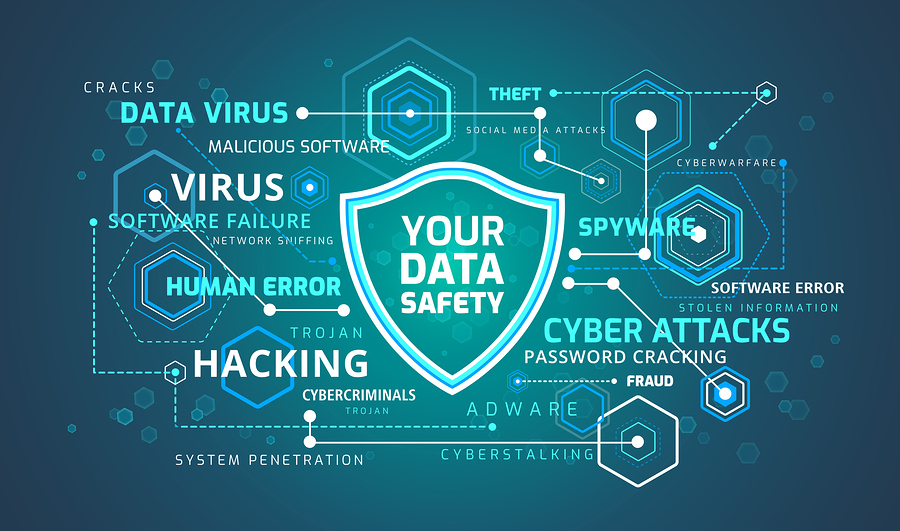Don’t make the mistake of thinking that cybersecurity is only a problem for larger organizations. Businesses of every size are targets for malicious attacks, and no matter what your size, organizations that don’t plan for attacks are the likeliest to be negatively affected. Between viruses, malware, and other cyber attacks, your business has plenty of security concerns it should address to prevent downtime. In this article, we’ll look at three cybersecurity essentials that your business isn’t doing.
Teach Your Employees Security Best Practices
Companies of every size should regularly remind and train their employees on cybersecurity and its importance. Whether you have 11 employees or 11,000, your organization is legally responsible for protecting consumer and employee data—along with that of each entity you do business with.
You should make sure your team has a baseline understanding of the types of threats your organization may face. After all, even the best security procedures won’t protect your company if the team members don’t know how to implement them. The best way to prevent security threats is to provide employees with a range of best practices.
One of these best practices is password security. You want to make sure your team uses unique passwords that aren’t used anywhere else. Encrypted password management software can help as complex passwords can be difficult to remember.
You’ll also want to apply privacy settings in social media and other online services. When you choose high privacy settings, team members who use LinkedIn, Facebook, Google, Twitter, and other online services won’t be leaving an obvious digital trail of personal information that can be used for malicious purposes.
Additionally, your team should always be vigilant. Even the best cyber security features can’t catch everything. A vigilant staff is your last line of defense to prevent problems before they occur and can take response once a threat is apparent.
Enact Network Restrictions
Putting network restrictions in place reduces the risk of employee-caused breaches, whether accidental or malicious. They can also limit who can connect to your network along with what employees can do while they’re connected. For example, you can grant certain access to specific departments—only Human Resources staff can access HR information, and so forth.
And be certain your company’s Wi-Fi is secure; they can be hacked to access your company’s data. Create a separate Wi-Fi network for guests that allows them limited access to the internet and prevents them from accessing things they shouldn’t.
Regularly Update Software
One of the ways cyber attackers can access data is through security “holes” in software. Many malware and ransomware attacks leverage vulnerabilities in outdated, unpatched software. Downloading and installing software patches act as a barrier by fixing security issues, known bugs, and other vulnerabilities. Software companies are constantly working to update their products to fix these issues, so take advantage of it.
In many cases, the software will update itself; however, that might not be true for everything you and your employees use on a daily basis. Be sure you include steps for updating your operating systems as well as software your business uses to keep the company running—including mobile apps. They can also be vulnerable to external threats.
Conclusion
When it comes to cybersecurity, prevention is better than a cure. Your organization should implement strategies across your business to address future threats. By doing so, you’ll not only go a long way toward keeping your company up and running, but it will also help minimize any damage that occurs as a result of a cyber attack.
While your company might not make the news if there’s a breach—like Equifax and other huge corporations—you still want to be sure to protect the privacy and security of your business’s data and that of your employees and customers.
